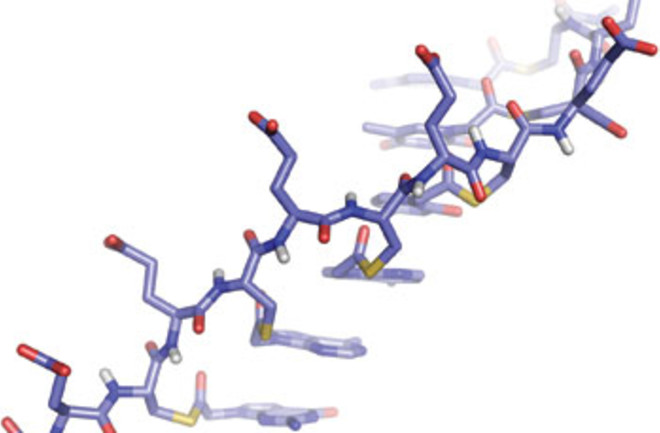#98: First Molecule of Life Discovered?
In the beginning there was RNA. RNA begat DNA, and DNA begat lipids, carbohydrates, and proteins: That's Genesis according to the “RNA world” hypothesis.
Dec 16, 2009 6:00 AMNov 12, 2019 5:31 AM

Image: Luke Leman | NULL
Newsletter
Sign up for our email newsletter for the latest science news
0 free articles left
Want More? Get unlimited access for as low as $1.99/month
Stay Curious
Sign up for our weekly newsletter and unlock one more article for free.
View our Privacy Policy
Want more?
Keep reading for as low as $1.99!
Already a subscriber?
Find my Subscription
More From Discover
Stay Curious
Subscribe
To The Magazine
Save up to 40% off the cover price when you subscribe to Discover magazine.
Copyright © 2025 LabX Media Group
